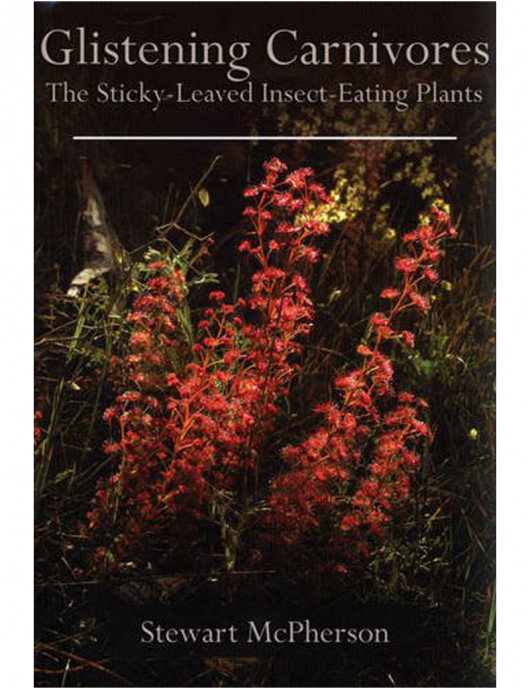
- Rupture de stock
En culture

En culture

Nombre de pages > 389 pages
Éditeur > Redfern Natural History Productions Ltd
Date de publication > 01 Janvier 2008
Langue > Anglais
ISBN10 > 0955891817
ISBN13 > 978-0955891816
 Paiement sécurisé
Paiement sécurisé
PayPal, Carte bancaire, SystemPay Caisse d'Épargne, Chèque, Virement bancaire
 Emballages et calages
Emballages et calages
22 ans d'expériences dans l'emballage de nos plantes. 100% recyclés ou réutilisés.
The seven genera of sticky-leaved insect-eating plants are uniquely beautiful and captivate the interest of all who behold them. Each produces shimmering leaves lined with glistening droplets of glue that attract, trap and kill insects and other small animals. Complimented by 279 spectacular images, this work examines all seven genera of sticky-leaved insect-eating plants (Byblis, Drosera, Drosophyllum, Ibicella, Pinguicula, Roridula and Triphyophyllum) and documents their wild ecology and natural diversity in full detail and in many cases, for the very first time.
The first chapter of Glistening Carnivores focuses on the research of Charles Darwin and the implications of his findings relating to the carnivorous plants of the world. The next chapter, entitled The Sticky-Leaved Insect-Eating Plants, identifies all of the known sticky-leaved insect-eating plants and discusses their classification. The following chapters entitled The Evolution of the Sticky-Leaved Insect-Eating Plantsand Mutualistic Arthropods respectively handle the evolution of the seven genera and the known relationships with arthropod partners involving these plants.
Each of the following seven chapters then individually focus on one genus of sticky-leaved insect-eating plants. Each genus is considered in terms of its taxonomy, botanical history, morphology and ecology. In the following chapter, entitled Habitat Loss and the Threat of Extinction, the book then moves to consider the conservational status and future outlook for these remarkable plants and examines their place in the 21st century in the context of changing landscapes across the world. The final chapter, entitled Cultivation and Horticulture considers the cultivation of the sticky-leaved insect-eating plants with recommendations of responsible and ethical nurseries where the reader may acquire responsibly and legally produced sticky-leaved insect-eating plants to grow and study at home.
Glistening Carnivores is the first and only study of the sticky-leaved insect-eating plants and represents an unparallel source of information on the subject. The strengths of this book undoubtedly include (1) its uniquely detailed content; (2) the 279 spectacular figures including breath taking images and useful distribution maps and (3) the very first published images of dozens of species of sticky-leaved insect-eating plants.
Glistening Carnivores is up-to-date, uniquely detailed, focused, and visually beautiful. It is technically written yet is accessible to specialist and non-specialist audiences and will be a valued source of information for all interested in the sticky-leaved insect-eating plants and carnivorous plants in general!